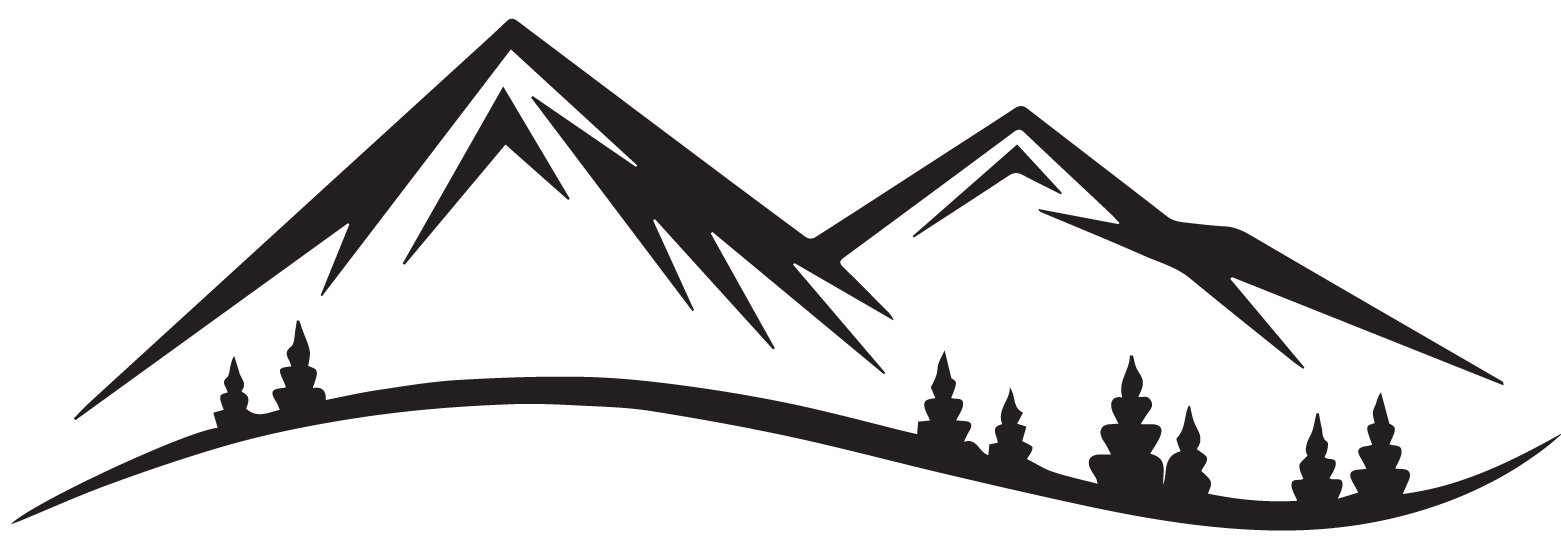I thought I would share with you all how I come up with ideas and how I go about building my planners.
This usually occurs while I am laying in bed trying to fall asleep, lately from the deserts of Arizona or Nevada. I will get an idea for a planner, since I am currently full-time RVing I have decided to remake my original RV Planner. Now that I have been travelling for awhile I have adapted to what I want to track or record. I do like the minimalist planners so there is room to add my own personal touches.
Over morning coffee, after checking my socials and emails I will jot down notes (in one of my planners) of what I want to record and remember from my travels.
As noted in a previous post I use the Affinity Suite of programs to create my planners. I start on the iPad and create all my master pages – masters are the pages you create once, the pages of the planner are then made up from master pages. This is a very handy way to start building pages as you don’t have to change multiple pages if you want to change some small detail of a page, for example a spelling mistake – fix it on the master and all other pages update. For me, this is sometimes a process as I come up with other ideas while laying in bed listening to the burro’s making noise in the distance, or sometimes right outside our door… 🙂
From there I decide how many pages I want in the planner, how many sections etc. I create those pages and save them to a cloud service. I usually like to see how large the file is before I start adding my hyperlinks. Once I am finally happy with the design, number of pages, colour scheme etc. I convert some of the text to curves so I don’t have font errors when importing the document onto my windows based laptop (some ios fonts don’t have a windows version that is why I convert them to curves since I have generally set my heart on that particular font). Then I save to a cloud service and go ahead and import onto my laptop.
I find it easier using a mouse and a larger screen to work on the hyperlinks. I create all my anchors first and give them specific names. For example: if I am making a monthly planner and I have created all the tabs on the side for the months, there are 12 pages in my planner for each month – each of those pages has an anchor attached to it, that anchor is then labeled with the month. Then I return to the master page with all the monthly tabs on it create the hyperlinks, each hyperlink is attached to an anchor to each month. Once the hyperlinks are completed on the master page all the pages within the planner based on that master page now have hyperlinks to the required month. That is the easiest part – it gets a little more complicated and time consuming when it comes to weekly and daily pages.
Once all the anchors/hyperlinks are completed I will then export the planner as a PDF file and proceed to import it to Zoomnotes, Goodnotes and Noteful and start my testing process. I will look for ease of use, how easy is it to return to a particular place in the planner. Is there enough space to handwrite on the lines. I will zoom in and write to see what happens to the writing, I will type text etc. to see how things look both zoomed in and normal full page on the screen.
Once I am happy with how the planner functions then I will start creating my E-Commerce images for the store front and create my listing.
If there is any questions about this process, drop be a line at support@rovingdesigner.com and I will be happy to help you out.

